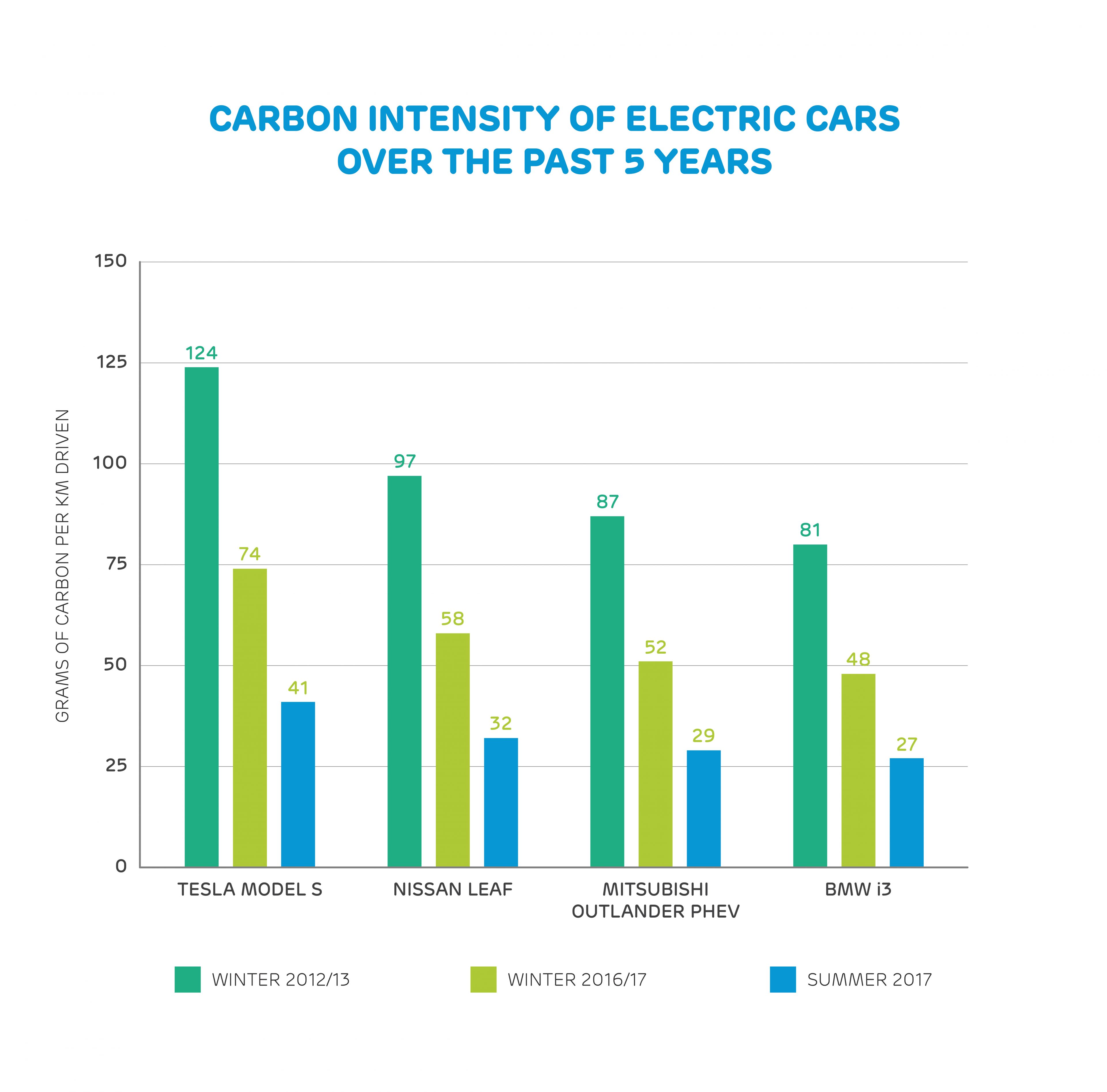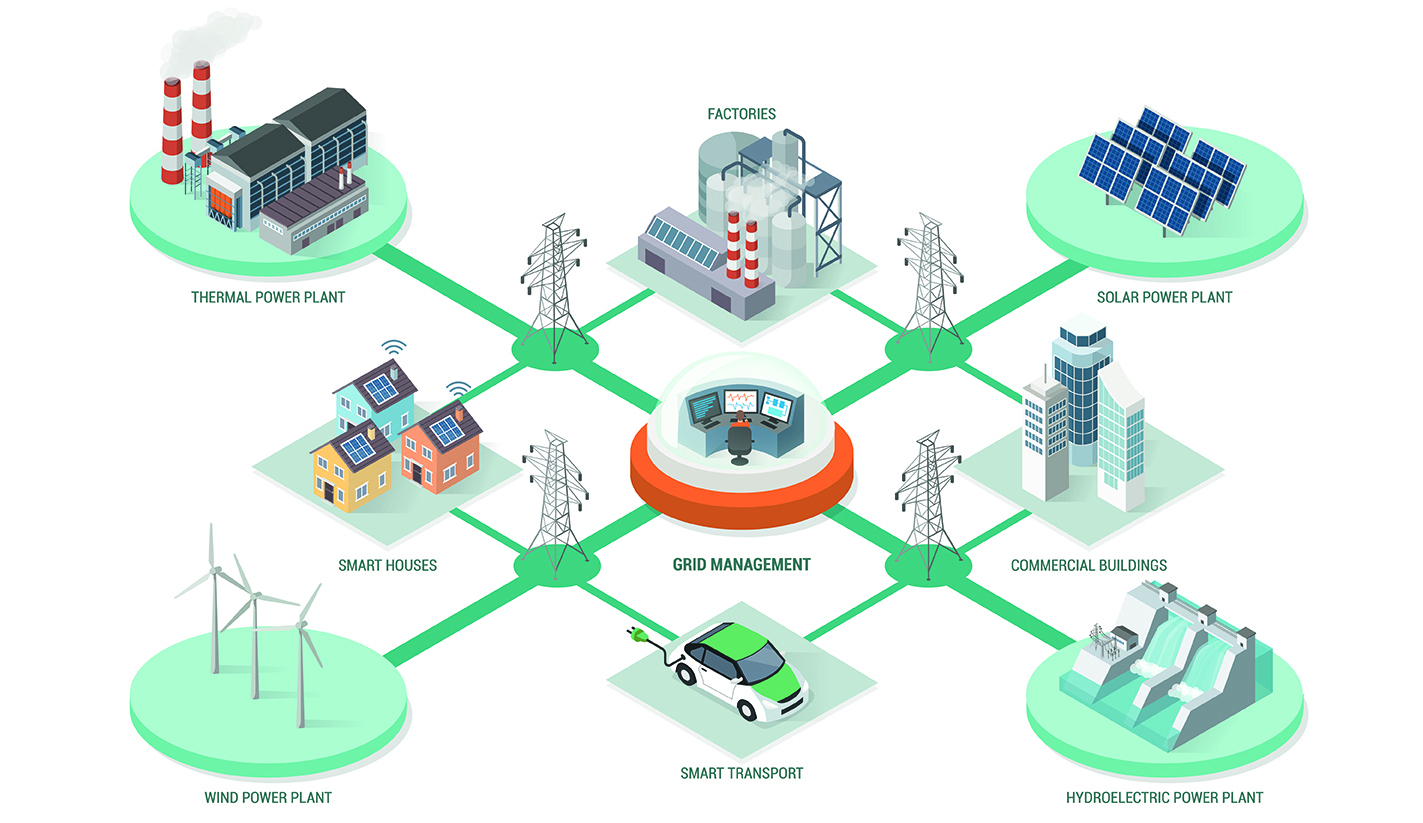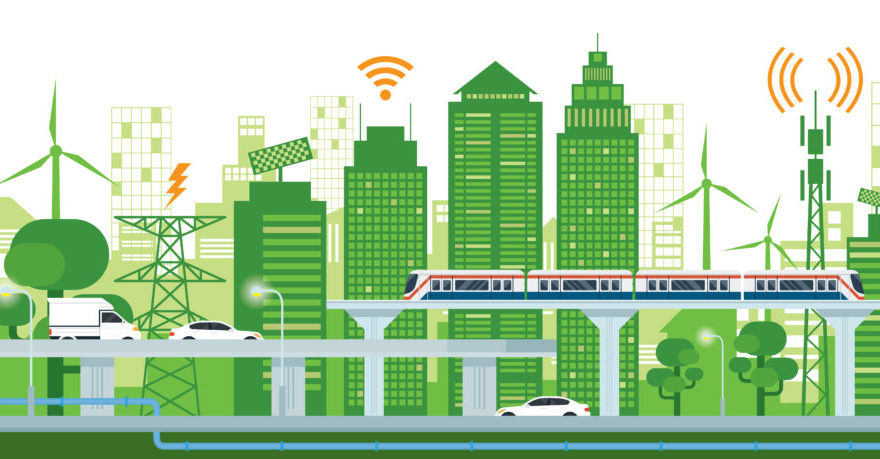Unlocking a Sustainable Future for EVs
The electric vehicle (EV) industry is at a critical juncture, with the need for sustainable solutions to reduce carbon emissions and environmental impact becoming increasingly pressing. As the world shifts towards a more environmentally conscious future, the importance of green technology in the EV sector cannot be overstated. Green technology for electric vehicles is no longer a nicety, but a necessity, as governments and consumers alike demand more eco-friendly transportation options.
According to the International Energy Agency (IEA), the transportation sector accounts for nearly a quarter of global carbon emissions, with a significant portion of these emissions coming from the production and disposal of traditional fossil fuel-based vehicles. In contrast, EVs offer a cleaner alternative, with zero tailpipe emissions and a significantly reduced carbon footprint.
However, the production of EVs is not without its environmental costs. The extraction of raw materials, such as lithium and cobalt, required for EV battery production has raised concerns about the industry’s sustainability. Furthermore, the energy consumption and emissions associated with EV manufacturing are still significant.
Despite these challenges, the EV industry is rapidly evolving, with green technology playing a vital role in reducing the sector’s environmental impact. Innovations in battery technology, such as solid-state batteries and lithium-air batteries, are improving the efficiency and sustainability of EVs. Additionally, the use of renewable energy sources, such as solar and wind power, to charge EVs is becoming increasingly prevalent.
As the demand for EVs continues to grow, it is essential that the industry prioritizes sustainability and environmental responsibility. By embracing green technology and reducing waste, the EV sector can minimize its environmental footprint and create a more sustainable future for generations to come.
How to Harness Renewable Energy for Electric Vehicle Charging
As the world shifts towards a more sustainable future, the importance of renewable energy sources in powering electric vehicles (EVs) cannot be overstated. Green technology for electric vehicles is not just about reducing emissions, but also about harnessing the power of renewable energy to charge EVs. In this section, we will explore the benefits of using renewable energy sources, such as solar and wind power, to charge electric vehicles, and provide tips on how to integrate these systems into EV infrastructure.
One of the most significant advantages of using renewable energy to charge EVs is the reduction in greenhouse gas emissions. According to the US Environmental Protection Agency (EPA), charging an EV from a renewable energy source can reduce emissions by up to 70% compared to traditional fossil fuel-based vehicles. Additionally, renewable energy sources can help reduce dependence on fossil fuels, improving energy security and reducing the impact of price volatility.
So, how can you harness renewable energy for EV charging? One option is to install solar panels at home or at the workplace. Solar panels can generate electricity during the day, which can be used to charge your EV. Another option is to use wind power, which can be generated through wind turbines. Many companies are now offering wind-powered EV charging stations, which can provide a reliable and sustainable source of energy.
To integrate renewable energy sources into EV infrastructure, several steps can be taken. Firstly, EV manufacturers can design vehicles with renewable energy charging capabilities. Secondly, governments and companies can invest in renewable energy infrastructure, such as solar panels and wind turbines. Finally, consumers can take advantage of renewable energy charging options, such as solar-powered charging stations.
Some companies are already leading the way in harnessing renewable energy for EV charging. For example, Tesla’s Supercharger network is powered by 100% renewable energy, while Volkswagen has partnered with renewable energy companies to provide sustainable charging options for its EV customers.
In conclusion, harnessing renewable energy for EV charging is a crucial step towards a sustainable future. By reducing greenhouse gas emissions and dependence on fossil fuels, renewable energy can play a vital role in transforming the transportation sector. As the demand for EVs continues to grow, it is essential that we prioritize renewable energy sources to power these vehicles.
Advancements in Battery Technology: A Key to Greener EVs
Battery technology is a crucial component of electric vehicles (EVs), and advancements in this field are playing a significant role in reducing the environmental footprint of EVs. Green technology for electric vehicles is not just about reducing emissions, but also about improving the efficiency and sustainability of EV batteries. In this section, we will explore the latest developments in battery technology, including solid-state batteries, lithium-air batteries, and other innovations that are transforming the EV industry.
One of the most significant advancements in battery technology is the development of solid-state batteries. These batteries replace the traditional liquid electrolyte with a solid material, enhancing safety, energy density, and charging speeds. Solid-state batteries are also more environmentally friendly, as they reduce the risk of thermal runaway and minimize the use of toxic materials.
Lithium-air batteries are another innovation that is gaining traction in the EV industry. These batteries have the potential to significantly increase energy density, reducing the weight and size of EV batteries. Lithium-air batteries also have the potential to reduce the cost of EVs, making them more competitive with traditional fossil fuel-based vehicles.
Other advancements in battery technology include the development of graphene batteries, sodium-ion batteries, and zinc-air batteries. These innovations are improving the efficiency, sustainability, and cost-effectiveness of EV batteries, making them more viable for widespread adoption.
The impact of these advancements on the EV industry cannot be overstated. Improved battery technology is enabling EV manufacturers to produce vehicles with longer ranges, faster charging times, and lower emissions. This, in turn, is increasing consumer confidence in EVs, driving demand and adoption.
Companies like Tesla, BMW, and Volkswagen are already investing heavily in battery technology research and development. These companies are working to improve the efficiency, sustainability, and cost-effectiveness of EV batteries, driving innovation and growth in the EV industry.
In conclusion, advancements in battery technology are a key component of green technology for electric vehicles. These innovations are improving the efficiency, sustainability, and cost-effectiveness of EV batteries, driving growth and adoption in the EV industry. As the demand for EVs continues to grow, it is essential that we prioritize battery technology research and development to create a more sustainable future.
Real-World Examples: Green Tech in Electric Vehicles from Leading Manufacturers
Several leading manufacturers are already incorporating green technology into their electric vehicles, reducing their environmental footprint and improving their sustainability. In this section, we will highlight some examples of green technology in electric vehicles from companies like Tesla, Nissan, and BMW.
Tesla, a pioneer in the electric vehicle industry, has been at the forefront of green technology innovation. Their vehicles feature advanced battery management systems, regenerative braking, and sustainable materials. Tesla’s Model 3, for example, has a battery pack made from recycled materials, reducing waste and minimizing the environmental impact of production.
Nissan, another leading manufacturer, has also made significant strides in green technology. Their Leaf model features an advanced battery management system, which optimizes energy efficiency and reduces waste. Nissan has also implemented sustainable manufacturing processes, reducing water consumption and energy usage in their production facilities.
BMW, a luxury vehicle manufacturer, has also incorporated green technology into their electric vehicles. Their i3 model features a sustainable design, with a body made from recycled carbon fiber and a battery pack made from environmentally friendly materials. BMW has also implemented a recycling program for their electric vehicle batteries, reducing waste and minimizing the environmental impact of production.
Other manufacturers, such as Hyundai and Kia, are also incorporating green technology into their electric vehicles. Hyundai’s Kona Electric, for example, features an advanced battery management system and sustainable materials, while Kia’s Niro EV has a battery pack made from recycled materials.
These examples demonstrate the commitment of leading manufacturers to green technology and sustainability in the electric vehicle industry. By incorporating innovative technologies and sustainable practices, these companies are reducing their environmental footprint and improving the sustainability of their vehicles.
The adoption of green technology in electric vehicles is not only beneficial for the environment, but also for consumers. Electric vehicles with advanced battery management systems and sustainable materials can provide improved performance, increased efficiency, and reduced maintenance costs.
In conclusion, the incorporation of green technology in electric vehicles is a key factor in reducing their environmental footprint and improving their sustainability. Leading manufacturers are already making significant strides in this area, and consumers can benefit from the adoption of these innovative technologies.
Reducing Waste and Increasing Efficiency in EV Production
The production of electric vehicles (EVs) is a complex process that requires significant resources and energy. However, with the increasing demand for EVs, manufacturers are under pressure to reduce waste and increase efficiency in their production processes. In this section, we will discuss strategies for minimizing waste and increasing efficiency in EV production, including the use of recycled materials, reduced water consumption, and optimized manufacturing processes.
One of the most effective ways to reduce waste in EV production is to use recycled materials. Many manufacturers are now using recycled materials in their production processes, such as recycled aluminum and steel. This not only reduces waste but also conserves natural resources and reduces the environmental impact of production.
Another strategy for reducing waste in EV production is to implement sustainable manufacturing processes. This can include reducing water consumption, minimizing energy usage, and implementing waste reduction programs. For example, some manufacturers are using advanced water recycling systems to minimize water consumption and reduce waste.
Optimized manufacturing processes are also crucial for reducing waste and increasing efficiency in EV production. This can include implementing lean manufacturing techniques, such as just-in-time production and total productive maintenance. These techniques can help reduce waste, improve quality, and increase efficiency in the production process.
Some manufacturers are also using innovative technologies to reduce waste and increase efficiency in EV production. For example, some companies are using 3D printing to produce complex components, reducing waste and improving quality. Others are using advanced robotics and automation to improve efficiency and reduce waste.
The use of green technology for electric vehicles is also playing a crucial role in reducing waste and increasing efficiency in EV production. For example, some manufacturers are using advanced battery management systems to optimize energy efficiency and reduce waste. Others are using sustainable materials, such as recycled plastics and bioplastics, to reduce waste and improve sustainability.
In conclusion, reducing waste and increasing efficiency in EV production is crucial for the sustainable development of the electric vehicle industry. By implementing sustainable manufacturing processes, using recycled materials, and optimizing production processes, manufacturers can reduce waste, improve quality, and increase efficiency in EV production.
The Role of Smart Grids in Supporting Green Electric Vehicle Technology
As the demand for electric vehicles (EVs) continues to grow, the need for a reliable and efficient energy distribution system becomes increasingly important. Smart grids play a crucial role in supporting green electric vehicle technology by managing the increased demand for electricity and optimizing energy distribution. In this section, we will explore the importance of smart grids in supporting green electric vehicle technology and how they can reduce strain on the grid.
Smart grids are advanced energy management systems that use real-time data and advanced analytics to optimize energy distribution and consumption. They can manage the increased demand for electricity from EVs by shifting energy usage to off-peak hours, reducing strain on the grid during peak hours. This not only reduces the risk of power outages but also helps to minimize the environmental impact of energy production.
Smart grids can also optimize energy distribution by identifying areas of high energy demand and redirecting energy to those areas. This can help to reduce energy waste and improve the overall efficiency of the grid. Additionally, smart grids can provide real-time data on energy usage, allowing EV owners to monitor their energy consumption and make informed decisions about their energy usage.
Green technology for electric vehicles is also playing a crucial role in supporting smart grids. Advanced battery management systems, for example, can optimize energy storage and release, reducing strain on the grid during peak hours. Regenerative braking systems can also capture kinetic energy and convert it into electrical energy, reducing the demand on the grid.
Several companies are already working on developing smart grid solutions for EVs. For example, Tesla’s Autopilot system uses advanced sensors and mapping technology to optimize energy usage and reduce strain on the grid. Other companies, such as Siemens and ABB, are developing smart grid solutions that can manage the increased demand for electricity from EVs and optimize energy distribution.
In conclusion, smart grids play a crucial role in supporting green electric vehicle technology by managing the increased demand for electricity and optimizing energy distribution. By using advanced analytics and real-time data, smart grids can reduce strain on the grid, minimize energy waste, and improve the overall efficiency of the grid.
Overcoming Range Anxiety with Green Technology Innovations
Range anxiety is a common concern for electric vehicle (EV) owners, who worry about running out of charge before reaching their destination. However, green technology innovations are helping to alleviate this concern, making EVs a more practical and appealing option for drivers. In this section, we will explore how advanced battery management systems and route optimization can help overcome range anxiety in EVs.
Advanced battery management systems are a key innovation in reducing range anxiety in EVs. These systems use sophisticated algorithms and sensors to optimize battery performance, reducing energy consumption and increasing range. For example, some EVs use regenerative braking systems, which capture kinetic energy and convert it into electrical energy, reducing the demand on the battery.
Route optimization is another green technology innovation that can help alleviate range anxiety in EVs. By analyzing traffic patterns, road conditions, and other factors, route optimization systems can provide drivers with the most efficient route to their destination, reducing energy consumption and increasing range. Some EVs also use predictive analytics to anticipate energy demand and adjust the route accordingly.
Green technology for electric vehicles is also playing a crucial role in reducing range anxiety. For example, some EVs use advanced battery management systems that can predict energy demand and adjust the battery’s state of charge accordingly. This can help to reduce range anxiety by ensuring that the battery is always charged to the optimal level.
Several companies are already working on developing green technology innovations to reduce range anxiety in EVs. For example, Tesla’s Autopilot system uses advanced sensors and mapping technology to optimize energy usage and reduce range anxiety. Other companies, such as Nissan and BMW, are also developing advanced battery management systems and route optimization technologies to reduce range anxiety in their EVs.
In conclusion, green technology innovations are helping to alleviate range anxiety in electric vehicles, making them a more practical and appealing option for drivers. By using advanced battery management systems and route optimization, EV owners can reduce their energy consumption and increase their range, making EVs a more sustainable and environmentally friendly option.
A Future of Sustainable Transportation: The Potential of Green Electric Vehicle Technology
The transportation sector is on the cusp of a revolution, driven by the increasing adoption of green electric vehicle technology. As the world shifts towards a more sustainable future, the potential of green electric vehicle technology to transform the transportation sector, reduce greenhouse gas emissions, and create a more sustainable future is vast.
Green technology for electric vehicles is not just about reducing emissions, but also about creating a more sustainable and environmentally friendly transportation system. By harnessing the power of renewable energy sources, such as solar and wind power, electric vehicles can reduce their carbon footprint and minimize their impact on the environment.
The benefits of green electric vehicle technology extend beyond the environment. By reducing our reliance on fossil fuels, we can also improve energy security, reduce the impact of price volatility, and create new economic opportunities. Additionally, green electric vehicle technology can improve public health by reducing air pollution and creating cleaner, healthier communities.
As the demand for electric vehicles continues to grow, the potential for green electric vehicle technology to transform the transportation sector is vast. By investing in green technology, we can create a more sustainable future, reduce greenhouse gas emissions, and improve the health and well-being of our communities.
In conclusion, the potential of green electric vehicle technology to transform the transportation sector is vast. By harnessing the power of renewable energy sources, reducing our reliance on fossil fuels, and creating a more sustainable and environmentally friendly transportation system, we can create a better future for ourselves and for generations to come.







